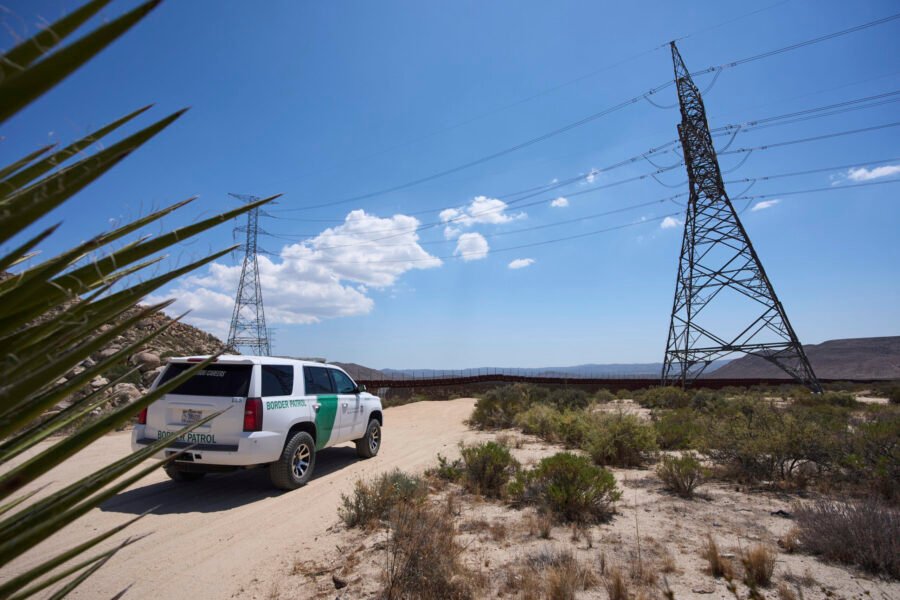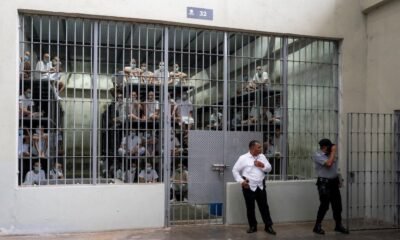Arizona border
U.S. Border Patrol Expands Its Reach Beyond the Border Amid Trump’s Surge in Deportation Arrests

McALLEN, Texas (AP) — Recent videos have unveiled a troubling trend: Border Patrol agents are increasingly conducting arrests far from the borders of Mexico and Canada. Notably, a Southern California landscaper was assaulted during an arrest over the weekend, raising serious concerns about the tactics employed by agents.
The incident occurred when the landscaper was pinned to the ground after allegedly swinging a weed trimmer at officers. His son, Alejandro Barranco, a Marine veteran, claimed his father felt threatened but did not act aggressively. The country is witnessing the lowest levels of border arrests in nearly six decades, prompting the roughly 20,000 Border Patrol agents to operate in unconventional locations.
Significant factors are behind this shift. President Donald Trump’s proposed legislation aims to allocate $8 billion to bolster U.S. Immigration and Customs Enforcement (ICE) personnel by 10,000. Until any expansion occurs, ICE has been dependent on support from other federal agencies to achieve a daily arrest goal of at least 3,000, a target set by White House immigration policy architect Stephen Miller.
Currently, ICE operates with around 6,000 deportation officers. Recent shifts in operational focus became evident when agents from the Yuma, Arizona, sector assisted ICE officers in Philadelphia, as highlighted by sector chief Justin De La Torre. This action comes as border arrests recently plummeted, averaging only 282 a day in May, a stark contrast to the peak of over 8,000 arrests in December 2023.
In recent days, Greg Bovino, chief of the El Centro, California, sector, stood alongside U.S. Homeland Security Secretary Kristi Noem at a contentious press conference in Los Angeles, where U.S. Sen. Alex Padilla was forcibly removed by security. “We’re here and not going away,” Bovino asserted, indicating a firm commitment to continue operations outside traditional boundaries.
Experts assert that as long as border activity remains subdued, the Border Patrol will act increasingly like ICE agents. “So long as the border remains relatively quiet, we will continue to see the Border Patrol deployed to act almost as if they are ICE agents,” noted Aaron Reichlin-Melnick, senior fellow at the American Immigration Council.
The legal framework allows agents to stop and question individuals within 100 miles of the border, encompassing about two-thirds of the U.S. population, including urban areas like Los Angeles. This federal law enhances agents’ abilities to conduct searches on buses, trains, and vessels without prior warrants.
Even beyond the 100-mile zone, Border Patrol agents retain the classification of immigration officers and are authorized to arrest and detain individuals suspected of immigration violations, albeit with some limitations. As Reichlin-Melnick explained, “They could only search somebody’s car on probable cause that the person has violated the law.” Rights against search and seizure are somewhat elevated outside of the designated enforcement zone, but individual cases may vary based on specific circumstances.

















